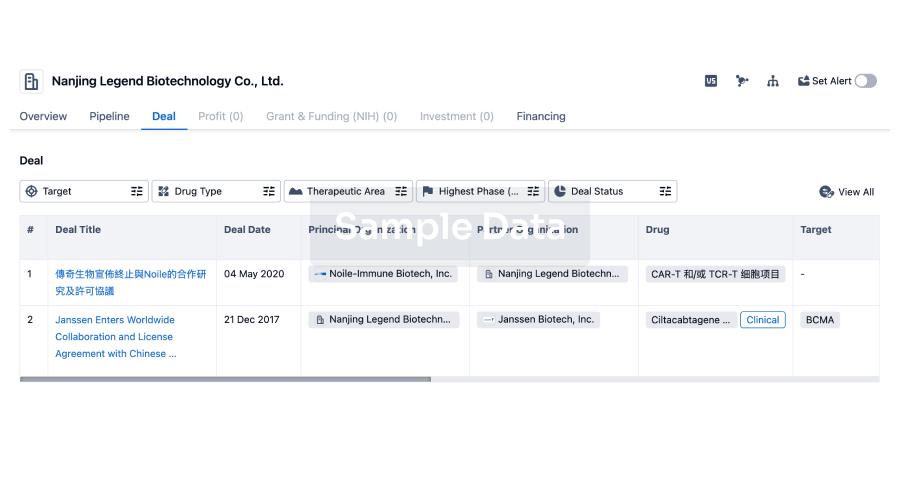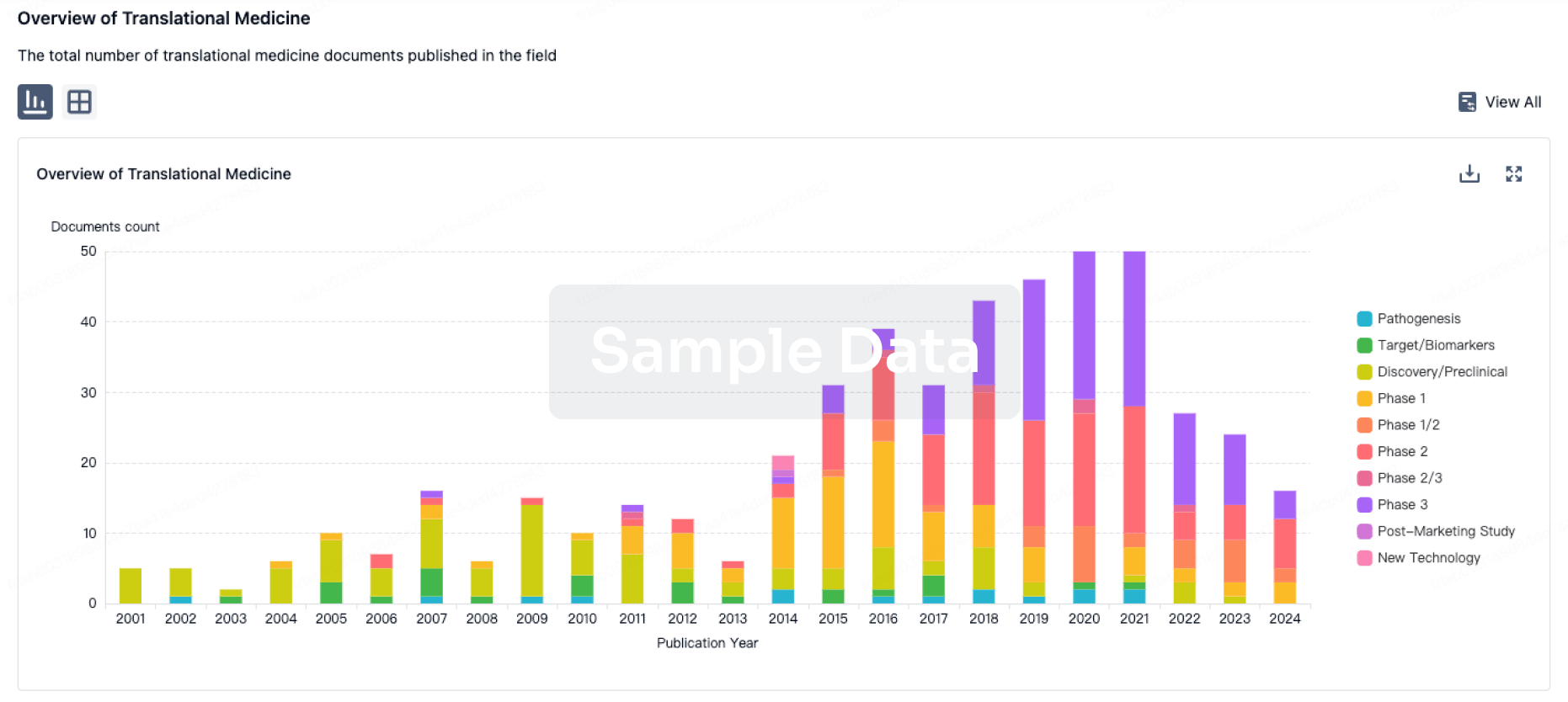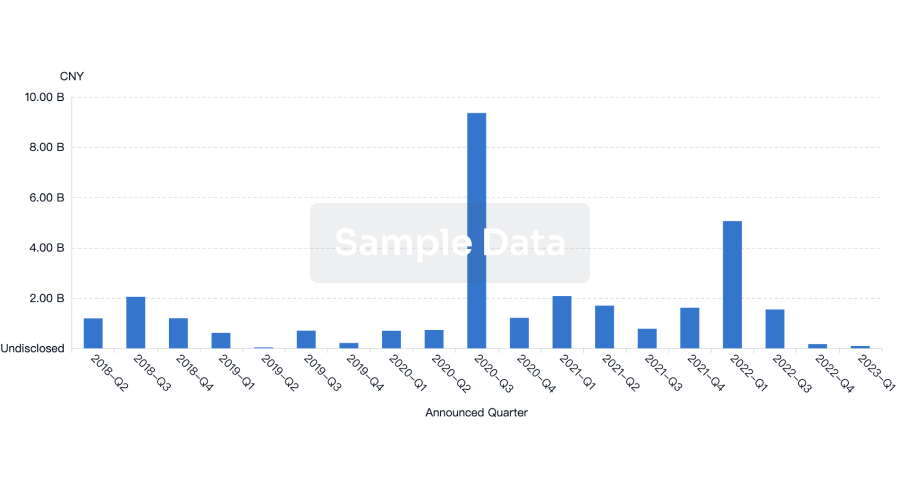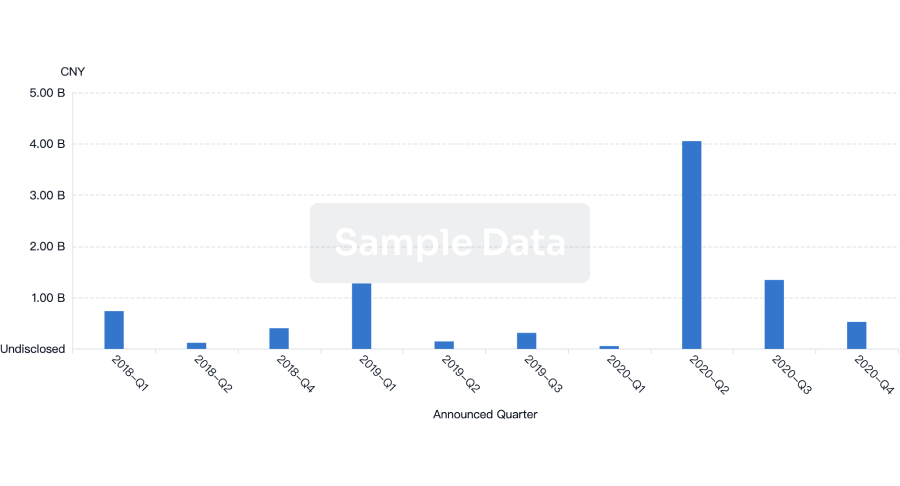Request Demo
Last update 08 May 2025

Josip Juraj Strossmayer Osijek University Of
Last update 08 May 2025
Overview
Related
42
Clinical Trials associated with Josip Juraj Strossmayer Osijek University OfNCT06545812
Concentrations of Pro-inflammatory and Anti-inflammatory Cytokines and Metallopeptidases in the Serum During the Treatment of Pain Caused by Bulging of the Intervertebral Disc in the Lumbar Spine During the Application of Physical Therapy and Epidural Steroid Injection
Bulging of the intervertebral disc in the lumbar part of the spine is one of the most common degenerative changes of the spine in the elderly population, which causes various symptoms such as radicular pain. Possible mechanisms of radicular pain are mechanical compression of the intervertebral disc on the nerve and sterile local inflammation caused by proinflammatory factors. Depending on the degree of diagnosis, if conservative treatment is not successful, then treatment is focused on minimally invasive methods such as epidural steroid injection (ESI). The achieved neural blockade is believed to alter or interrupt nociceptive input, reflex mechanisms induced by afferent fibers, self-sustaining neuronal activity, and central neuronal activity. On the other hand, corticosteroids reduce inflammation by inhibiting pro-inflammatory mediators and causing a reversible local anesthetic effect. The aim of the research is to measure the concentrations of pro-inflammatory and anti-inflammatory cytokines and metallopeptidases in the serum before physical therapy, i.e. ESI, and two weeks and three months after the start of said therapies, then to examine the clinical status, intensity of pain and limitations of movement associated with pain in all three time points in order to determine the treatment outcomes after the mentioned therapies and examine the possible association of cytokine concentrations with the treatment outcomes and, last but not least, to determine the degree of the patient's psychophysical condition and quality of life before the mentioned therapies, two weeks and three months after the start of the therapies in order to examined possible associations with treatment outcomes and changes in cytokine and metallopeptidases concentrations.
Start Date02 Sep 2024 |
Sponsor / Collaborator |
NCT06316271
Endothelial Dysfunction and Cardiovascular Remodeling in Pathophyisiology of Prehypertension
In the frame of this proposal investigators will test the hypothesis that high normal blood pressure (prehypertension; PreHT) induces systemic endothelial dysfunction and endothelial activation in both micro- and macrocirculation, reduces re-endothelialization potential of human endothelial progenitor cells (EPCs) and increases the level of endothelial extracellular vesicles (EVs), which are accompanied by increased oxidative stress level. Furthermore, initial vascular and left ventricle (LV) remodeling contributes to changes in systemic hemodynamics and may be influenced by altered regulatory role of renin-angiotensin system (RAS) and autonomic nervous system (ANS) in PreHT but otherwise healthy individuals. To distinguish high normal blood pressure effect from those considered normal or high, study will be performed in three groups of individuals: prehypertensive (BP 130-139/85-89 mmHg), hypertensive (stage I, BP 140-150/90-100 mmHg), and controls (BP less than or equal to 129/85 mmHg). Altogether, the impairment of normal vascular relaxation mechanisms, endothelial activation as well as vascular and LV remodeling could play crucial role in increased cardiovascular risk and CVDs incidence in PreHT individuals. Moreover, the prognostic significance of assessing endotehlial dysfunction in hypertension (as well as in PreHT) is yet to be established.
Start Date01 Apr 2024 |
Sponsor / Collaborator |
NCT06316284
The Role of miRNAs in the Regulation of Oxidative Stress and Microvascular Reactivity in Chronic Kidney Disease
Oxidative stress and endoplasmic reticulum (ER) stress play a key role in tubular damage in both acute kidney injury and chronic kidney disease (CKD). Oxidative stress in the kidneys promotes renal vascular remodeling and increases preglomerular resistance. These are key elements in hypertension, acute and chronic kidney injury, as well as diabetic nephropathy. Chronic renal hypoxia is highlighted as the final common pathway to end-stage renal disease (ESRD). MicroRNA molecules (miRNA) also play an important role in these processes. MicroRNAs (miRNAs) are regulators of gene expression and play a role in the progression of renal ischemia-reperfusion injury. Although the pathophysiological contribution of microRNAs (miRNAs) to kidney damage has also been highlighted, the effect of miRNAs on kidney damage under conditions of oxidative and ER stress remains understudied.
Start Date01 Apr 2024 |
Sponsor / Collaborator |
100 Clinical Results associated with Josip Juraj Strossmayer Osijek University Of
Login to view more data
0 Patents (Medical) associated with Josip Juraj Strossmayer Osijek University Of
Login to view more data
8,538
Literatures (Medical) associated with Josip Juraj Strossmayer Osijek University Of31 Dec 2025·Future Science OA
Extracellular vesicles in the pathogenesis and future diagnostics of oral squamous cell carcinoma
Review
Author: Novak, Ruđer ; Grgurević, Lovorka ; Ćosić, Vesna ; Hrkač, Stela ; Salai, Grgur ; Batur, Anđela
01 Sep 2025·Medical Gas Research
Variability in flow-induced vasodilation mechanisms in cerebral arteries: the impact of different hyperbaric oxygen protocols
Article
Author: Matić, Anita ; Stupin, Ana ; Kibel, Aleksandar ; Šušnjara, Petar ; Kozina, Nataša ; Biljan, Darko ; Drenjančević, Ines ; Đambić, Vedran ; Jukić, Ivana ; Mihaljević, Zrinka
01 May 2025·Biomedicine & Pharmacotherapy
Nicotinamide derivatives protect the blood-brain barrier against oxidative stress
Article
Author: Sokač, Dajana Gašo ; Szecskó, Anikó ; Jovanović, Ivana Novak ; Zandona, Antonio ; Žunec, Suzana ; Katalinić, Maja ; Bušić, Valentina ; Deli, Mária A ; Veszelka, Szilvia
100 Deals associated with Josip Juraj Strossmayer Osijek University Of
Login to view more data
100 Translational Medicine associated with Josip Juraj Strossmayer Osijek University Of
Login to view more data
Corporation Tree
Boost your research with our corporation tree data.
login
or

Pipeline
Pipeline Snapshot as of 19 Dec 2025
No data posted
Login to keep update
Deal
Boost your decision using our deal data.
login
or

Translational Medicine
Boost your research with our translational medicine data.
login
or

Profit
Explore the financial positions of over 360K organizations with Synapse.
login
or

Grant & Funding(NIH)
Access more than 2 million grant and funding information to elevate your research journey.
login
or

Investment
Gain insights on the latest company investments from start-ups to established corporations.
login
or

Financing
Unearth financing trends to validate and advance investment opportunities.
login
or

AI Agents Built for Biopharma Breakthroughs
Accelerate discovery. Empower decisions. Transform outcomes.
Get started for free today!
Accelerate Strategic R&D decision making with Synapse, PatSnap’s AI-powered Connected Innovation Intelligence Platform Built for Life Sciences Professionals.
Start your data trial now!
Synapse data is also accessible to external entities via APIs or data packages. Empower better decisions with the latest in pharmaceutical intelligence.
Bio
Bio Sequences Search & Analysis
Sign up for free
Chemical
Chemical Structures Search & Analysis
Sign up for free